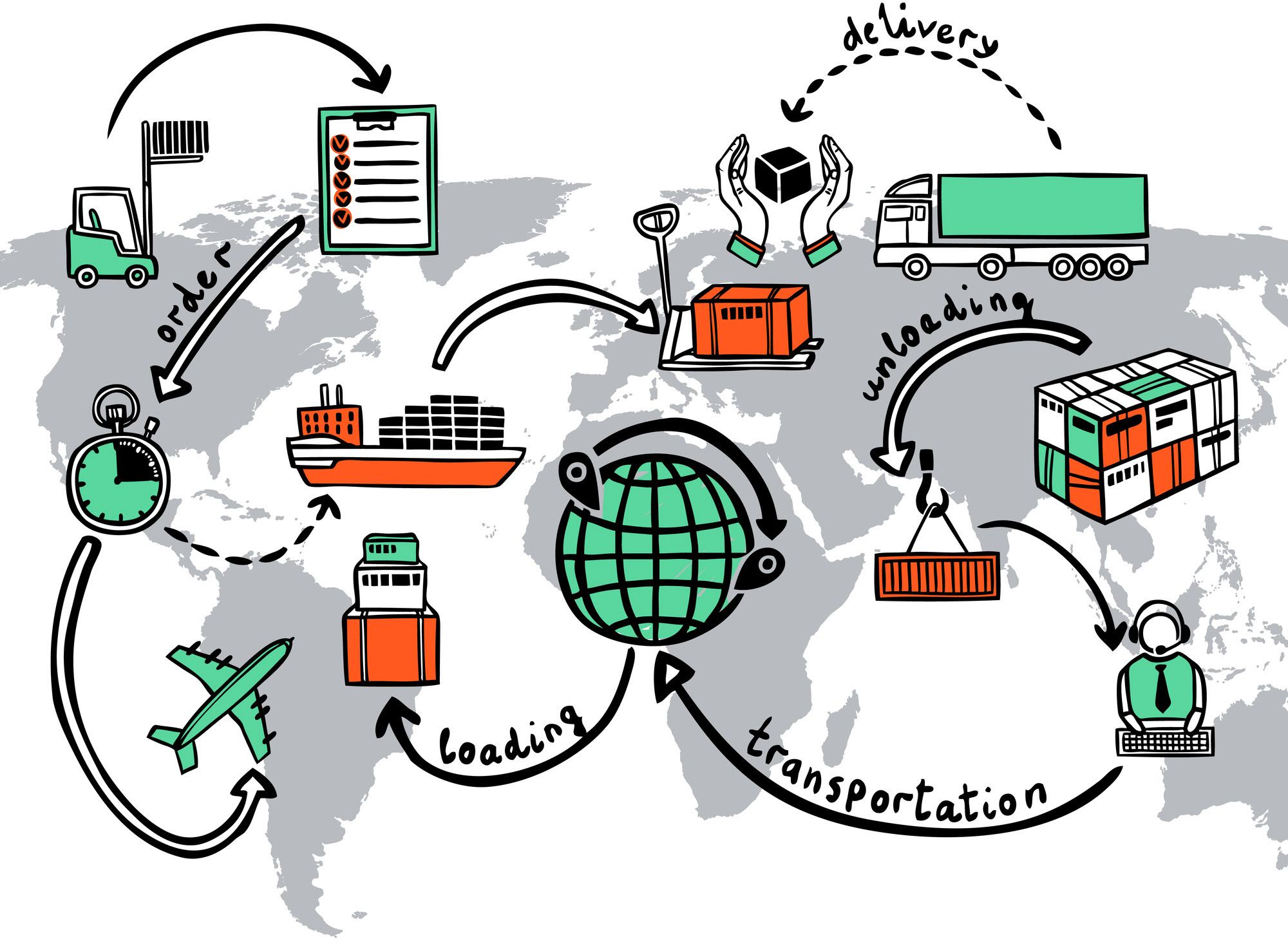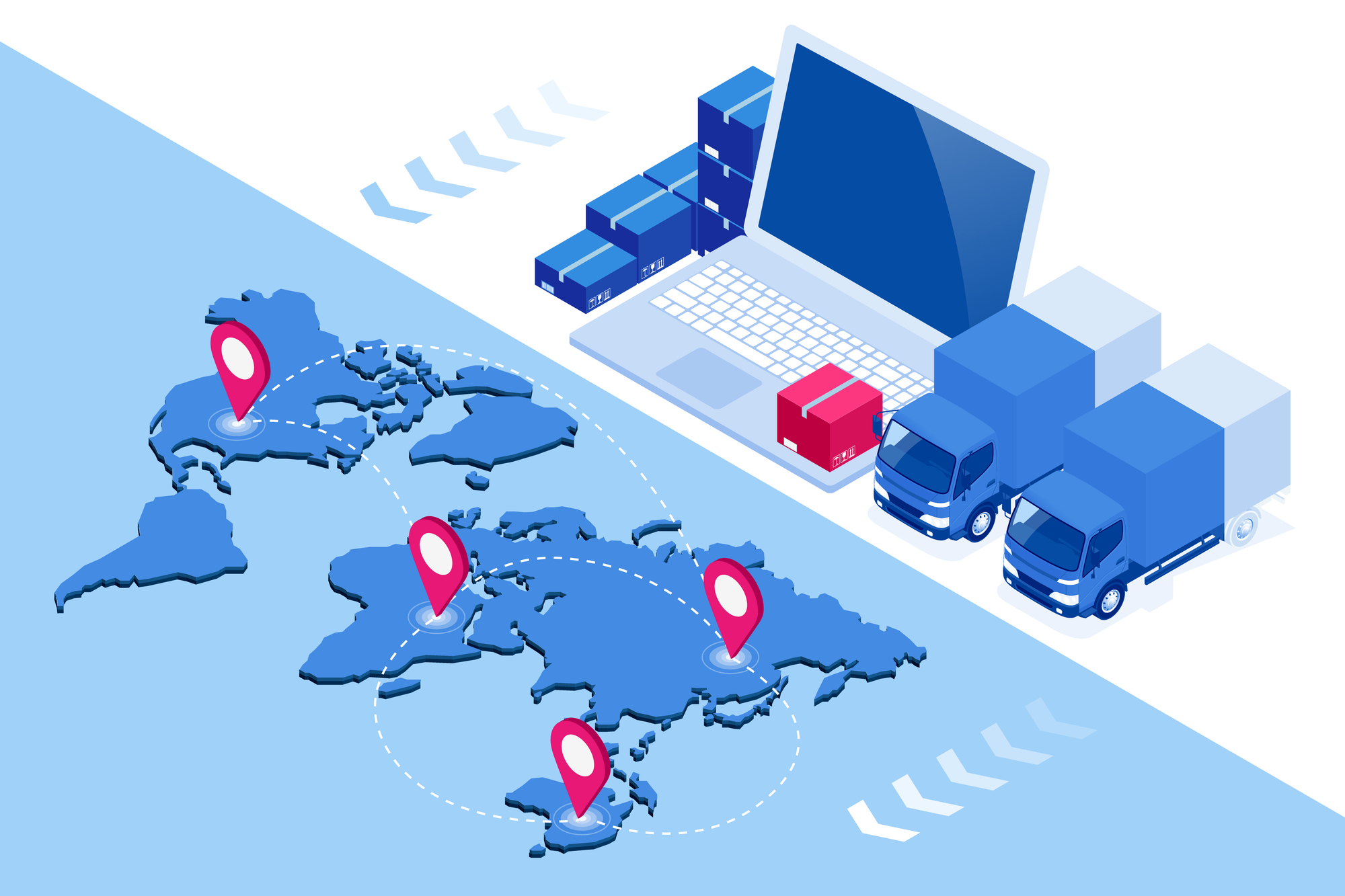For many manufacturing companies, the maintenance, repair, and operations (MRO) supply chain often lags behind advancements in customer-facing activities like service delivery and order fulfillment. The primary reason? Incremental, cyclical changes in the MRO supply chain fail to deliver lasting cost savings or significant productivity enhancements. To close this gap, companies must embrace comprehensive, enterprise-wide overhauls that align MRO processes with the high standards of efficiency seen in other areas of the business.
Why Digital Integration is the Future of MRO Supply Chains
Forward-thinking organizations are leveraging digital supply chain integration strategies to streamline their supply chains and achieve operational excellence. By adopting technologies such as big data analytics, the Internet of Things (IoT), artificial intelligence (AI), machine learning (ML), and augmented reality (AR), companies can:
- Streamline operations through automation and improved workflows.
- Increase production uptime with predictive and preventive maintenance.
- Lower parts acquisition costs by optimizing sourcing and inventory.
Digital supply chain integration consolidates data across the enterprise, creating a single, unified view of performance metrics—spanning sales, efficiency, cost allocations, profit centers, and more. Advanced dashboards transform this data into actionable insights, enabling decision-makers to:
- Pinpoint production bottlenecks.
- Transition from reactive to predictive maintenance.
- Reduce parts redundancies and consolidate suppliers.
Key Benefits of Digital Supply Chain Integration
- Enhanced Efficiency: Automating inventory, ordering, and scheduling tasks minimizes manual interventions, reduces errors, and boosts accuracy. Employees can focus on strategic initiatives rather than repetitive tasks.
- Improved Collaboration: Integration fosters stronger buyer-supplier relationships, optimizing key aspects of supply chain management such as:
- Inventory levels
- Delivery schedules
- Warehousing processes
- Actionable Insights: Clean, reliable data facilitates faster, better-informed decisions. For example:
- Historical performance data helps forecast maintenance needs.
- Automation reduces downtime by triggering timely reorders of replacement parts.
- Cost Savings: Centralized data eliminates redundant processes, reducing operational costs and ensuring efficient use of resources.
Overcoming Common Challenges in Digital Integration
Despite its clear advantages, transitioning to a fully integrated supply chain can present challenges:
- Legacy Systems: Many companies rely on outdated systems—sometimes even pen-and-paper methods—that struggle to meet modern operational demands.
- Resistance to Change: Employees and suppliers may be hesitant to embrace new technologies or relinquish control to automated systems.
- Departmental Silos: Siloed operations can create friction, as departments often have conflicting performance metrics and priorities.
How SDI Simplifies Supply Chain Integration
SDI’s expertise in digital supply chain integration helps companies overcome these challenges with a proven approach that minimizes disruption and maximizes results. Here’s how SDI makes the transition seamless:
- Cloud-Based Solutions: SDI’s integration suite eliminates the need for costly in-house infrastructure. Our scalable, cloud-based tools replace inefficient processes with streamlined, data-driven operations.
- Comprehensive Strategy: From master data management to the full source-to-pay process, SDI ensures every aspect of the supply chain is optimized and connected to other critical business functions.
- Interoperability: Our solutions are compatible with leading enterprise resource planning (ERP) platforms like SAP, ensuring seamless integration across your organization.
The SDI Advantage: Smarter Decisions, Better Performance
SDI’s digital supply chain solutions are designed to put your data to work. Here’s what you can expect:
- Centralized MRO Tasks: All supply chain data is stored in a single, accessible repository.
- Actionable Insights: Descriptive and performance reports are organized in master catalogs with unified taxonomies.
- Automated Triggers: Data-driven operating procedures enable proactive decisions based on real-time insights.
By integrating your supply chain with SDI, you’ll achieve enterprise-wide visibility and control, transforming your MRO operations into a competitive advantage.
Get Started Today
Ready to revolutionize your MRO supply chain? Contact SDI to learn how our integration solutions can connect your value chain, drive smarter decisions, and enhance overall performance.





